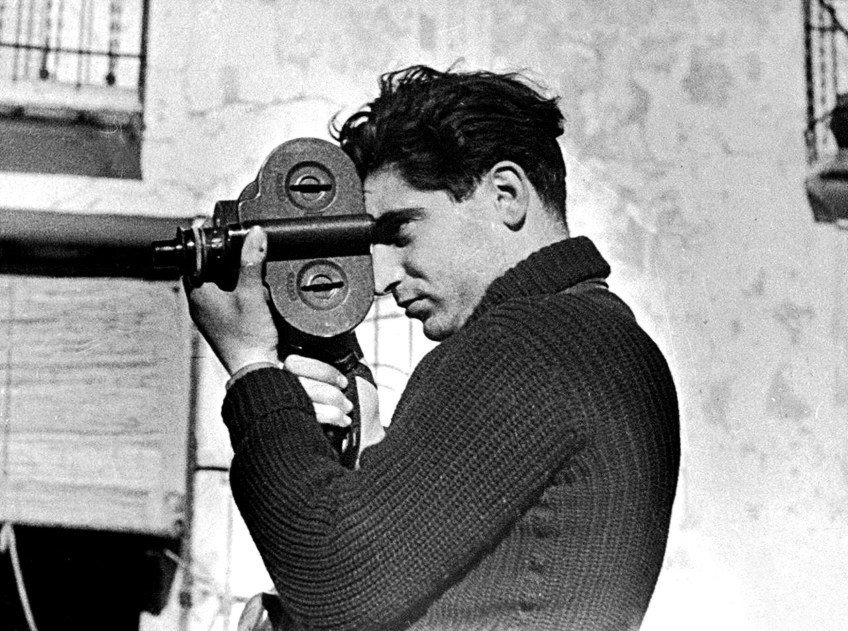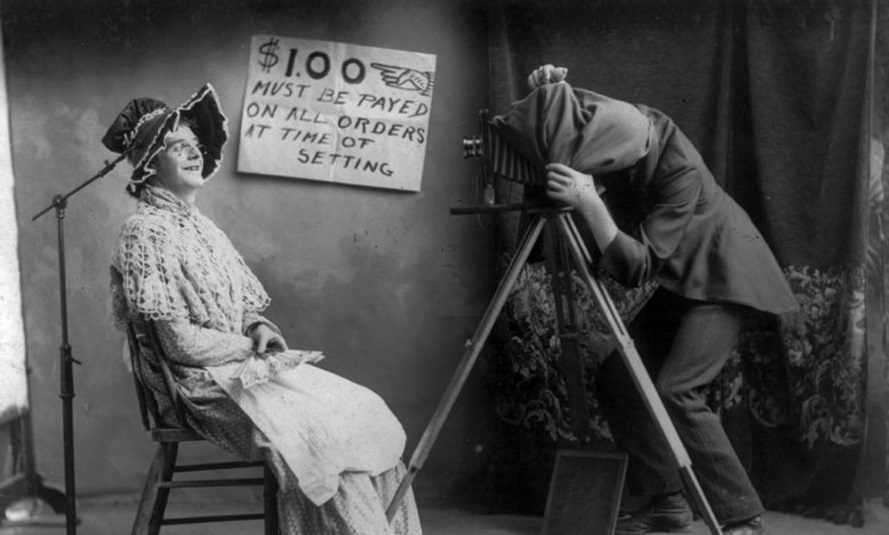In 1822, French inventor Joseph Nicéphore Niépce created the first photographic image, marking the birth of photography. By 1839, photographers in Chicago were already capturing the rich heritage of the burgeoning metropolis. Aside from a few landscapes, the earliest photographs were portraits of the city’s founders, taken in the first studios. Let’s explore how photography evolved in Chicago on chicago-future.com.
A Major Invention

In 1850, paper prints made from glass negatives emerged, making photography more accessible and spurring the development of the profession. The first photography studios in Chicago appeared between the late 1850s and early 1860s, where services were provided by the owners themselves. Photographs in antique formats were popular at the time. By the mid-1860s, stereographic cards became available. Unlike traditional album photographs, these dual-image cards were viewed through a stereoscope, creating a 3D illusion. Stereocards featuring local scenery gained widespread popularity, sold in sets and distributed nationwide.
George Eastman’s introduction of the affordable and easy-to-use Kodak camera in 1888 revolutionized amateur photography. Chicago residents began documenting every aspect of their lives. The availability of flexible roll film and the growth of commercial photo processing simplified photographers’ work and increased their productivity.
The Era of Innovation

In the 1890s, unique technological innovations in the printing industry allowed for photographic reproductions to be published in books, magazines, and newspapers. The invention of dry collodion plates freed photographers from the cumbersome wet plate negatives that had limited their ability to capture images. Another major breakthrough came with the development of halftone printing and other photomechanical techniques, along with high-speed printing presses, making it easier and cheaper to publish photographs.
During the 19th century, Chicago became the leading printing and publishing hub in the West. Commercial companies like JW Taylor Company (1880–1916), Barnes-Crosby Company (1897–1960), and Kauffman and Fabry (1910–1963) found business opportunities in real estate and trade. Unlike studio photographers, who focused exclusively on portraiture, these commercial photographers specialized in architecture and advertising. Around the same time, commercial photographers began working in local neighborhoods, providing services that documented everyday life in Chicago. They also illuminated ceremonies and closely collaborated with local newspapers and businesses.
One of the richest sources of urban imagery was the artistic postcard, produced by major commercial photo studios. First introduced at the 1893 World’s Columbian Exposition, photo postcards gained immediate popularity and reached their peak in the 1920s.
The Development of Photographic Art

In the late 1880s, several investigative journalists working for newspapers and social service organizations saw photography as a powerful tool to awaken public awareness and promote social reform. In Chicago, photographers associated with groups like the Infant Welfare Society and Visiting Nurse Association followed the example of Lewis Hine in New York, documenting the struggles of new immigrant groups living in slums. This work led to a surge in photojournalism, gradually transforming America from a literary to a visual society.

Documentary photography reached its height in the 1930s and 1940s, with national and periodical publications covering political, economic, and everyday issues. While the emerging field of photojournalism sought to depict daily events, there was a parallel movement of “official photography” that aimed to show things as they truly were. The most ambitious project of this kind, launched on a national scale, was created by the Farm Security Administration in the 1930s and 1940s. Its main goal was to convey to people that all social classes needed to contribute to overcoming the Great Depression.
Post-War and the Boom in Photography
After World War II, photography entered a new phase of development. Galleries began selling photographs as works of art, and art museums started incorporating them into their collections. By the 1960s, Chicago experienced a boom in the collection, publication, and exhibition of photography. By the 1970s, specialized photography programs were established in art schools, universities, colleges, and even high schools, allowing thousands of Chicagoans interested in mastering the art form to receive training.
This growing interest in photography sparked the organization of numerous museum and gallery exhibitions in Chicago, along with the publication of books, catalogs, and photographic documentaries. Today, it’s hard to imagine life without photography, though modern technology has certainly given people many more opportunities to create high-quality images compared to their predecessors.


